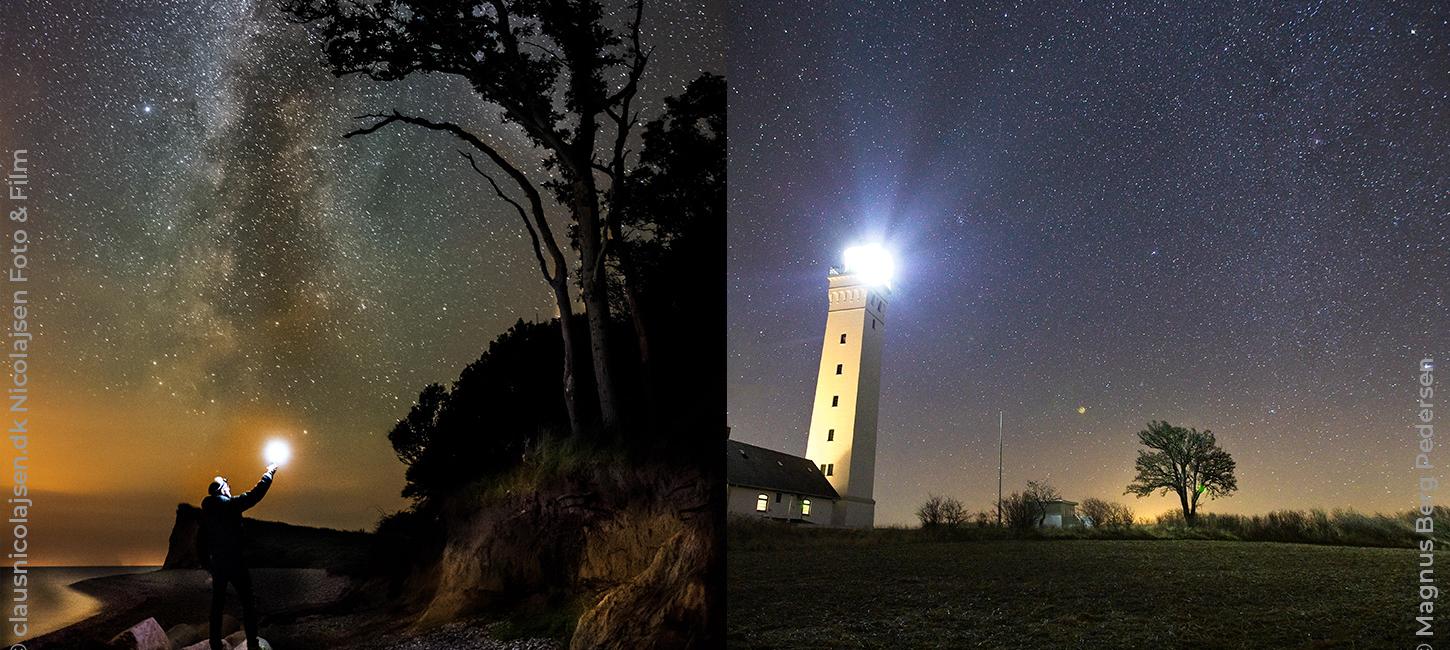
Dark skies on Langeland
The island's minimal light pollution provides an exceptionally clear night sky - perfect for stargazing.

Photo:darksitefinder.com
As night falls and the stars light up the sky, Langeland is one of the places in Denmark with the least light pollution.
Dark skies are areas with minimal light pollution where you can experience the night sky in its most pristine and unforgettable form.
Langeland, with its low population density and awareness of the importance of protecting the darkness of the night, has managed to preserve the dark night sky. On the island you can observe stars, planets, and galaxies with a clarity and intensity that is otherwise rare in populated areas.
Dark, darker, South Langeland
In South Langeland, light pollution is less than on the rest of the island.
Here are four selected places where you can experience dark skies on South Langeland:

Photo:darksitefinder.com
The impressive night sky is darkest in South Langeland and can also be experienced in the natural areas of Ristinge Hale, Nørreballe Nor, and Tryggelev Nor.
Even though the night sky is slightly brighter on the northern part of the island, there are still excellent opportunities for studying astronomy on your own. For instance, around Tranekær, Løkkeby, and on the northern tip of Langeland.
4 good tips for stargazing
Friluftsrådet has provided four useful tips for stargazing:
1 Check the weather
It should be clear, so head out on an evening or night when it's not cloudy, preferably when the moon is not visible.
2 Bring binoculars
Take binoculars and/or telescopes with you to observe celestial objects more clearly. The more light-sensitive they are, the better.
3 Wear warm clothing
Stargazing is a stationary activity, so wear or bring warm clothing, something to sit on, and optionally, coffee or hot cocoa
4 Give your eyes time
Your eyes are not accustomed to seeing in the dark, so it will take 15-20 minutes to achieve full night vision. Avoid using a flashlight at full strength - use one with red light instead.
Light in the Dark
A weekend filled with culture, light and happenings allover our islands.
Denne side er udarbejdet med støtte fra Friluftsrådet




